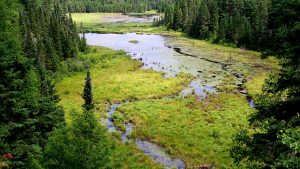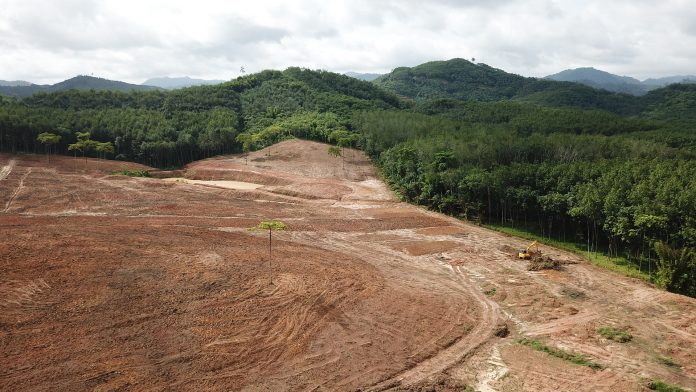Researchers have found that young forests and forest degradation must be used to inform predictive carbon sink models to develop effective climate change mitigation strategies.
Co-ordinated by the French Alternative Energies and Atomic Energy Commission and INRAE, an international research team have mapped annual changes in global forest biomass between 2010 and 2019 for the first time.
They discovered that boreal and temperate forests are now the main global carbon sinks, and tropic forests, which are older and degraded, are nearly carbon neutral.
The results of the study titled, ‘Global increase in biomass carbon stock dominated by growth of northern young forests over past decade,’ are published in the journal Nature Geoscience.
The findings have implications for future carbon sink models, as the results show that young forests and forest degradation must be taken into consideration.
The role of plant biomass in carbon sequestration
Plant biomass has a vital role in carbon sequestration. The carbon balance of biomass is caused by gains such as plant growth and forest cover. Losses in carbon are often caused by forest degradation, deforestation, and natural disturbances.
Biomass carbon stocks must therefore be monitored to develop a better understanding of the effects of climate change. Through this monitoring, the impacts of human activities on ecosystems can also be analysed.
Carbon sink models are vital for climate change mitigation policies.
Issues with data collection methods
The vegetation data was collected from the Soil Moisture and Ocean Salinity (SMOS) satellite using L-band vegetation optical depth (L-VOD) methods. This creates a unique way to estimate average above-ground carbon stocks on a global level.
However, the widespread application of L-VOD over the entire globe is limited by signal disruption from radio frequency interference from human activities. The application is also disrupted due to L-VOD sensitivity to vegetative water content.
Overcoming the challenges to calculate plant biomass
The researchers developed a double filter that used temporal signal decomposition to offset the effects.

They used above-ground biomass data and a global map to determine total biomass and the ratio between above- and below-ground biomass.
The team then calculated spatial and temporal distribution of total live biomass carbon of terrestrial ecosystems from 2010 to 2019, and developed maps of annual biomass carbon change.
The maps were then used to assess regional carbon budgets, looking at the causes of losses and gains to forest cover.
Specifically, they analysed losses to forest cover caused by fires, land-use change, and degradation, and assessed how forest age controls terrestrial carbon storage.
The findings differ from existing carbon sink models
The team found that terrestrial biomass carbon stocks increased by around 500 million tonnes of carbon per year between 2010 and 2019.
The main contributors to the global carbon sink are boreal and temperate forests.
Tropical forests have become smaller carbon sources due to forest degradation caused by deforestation and tree mortality.
Old tropical forests, where trees are around 140 years old on average, are nearly carbon neutral. In comparison, boreal forests, where trees are younger than 50 years or middle-aged (between 50 and 140 years), are the largest carbon sinks.
The new findings differ from existing carbon sink models due to their failure to account for forest demography or the impact of forest degradation on tropical forests, which are consequently losing biomass.
The findings show that forest degradation and age must be considered to predict the future of carbon sinks on a global scale, and develop better-suited climate mitigation policies.





